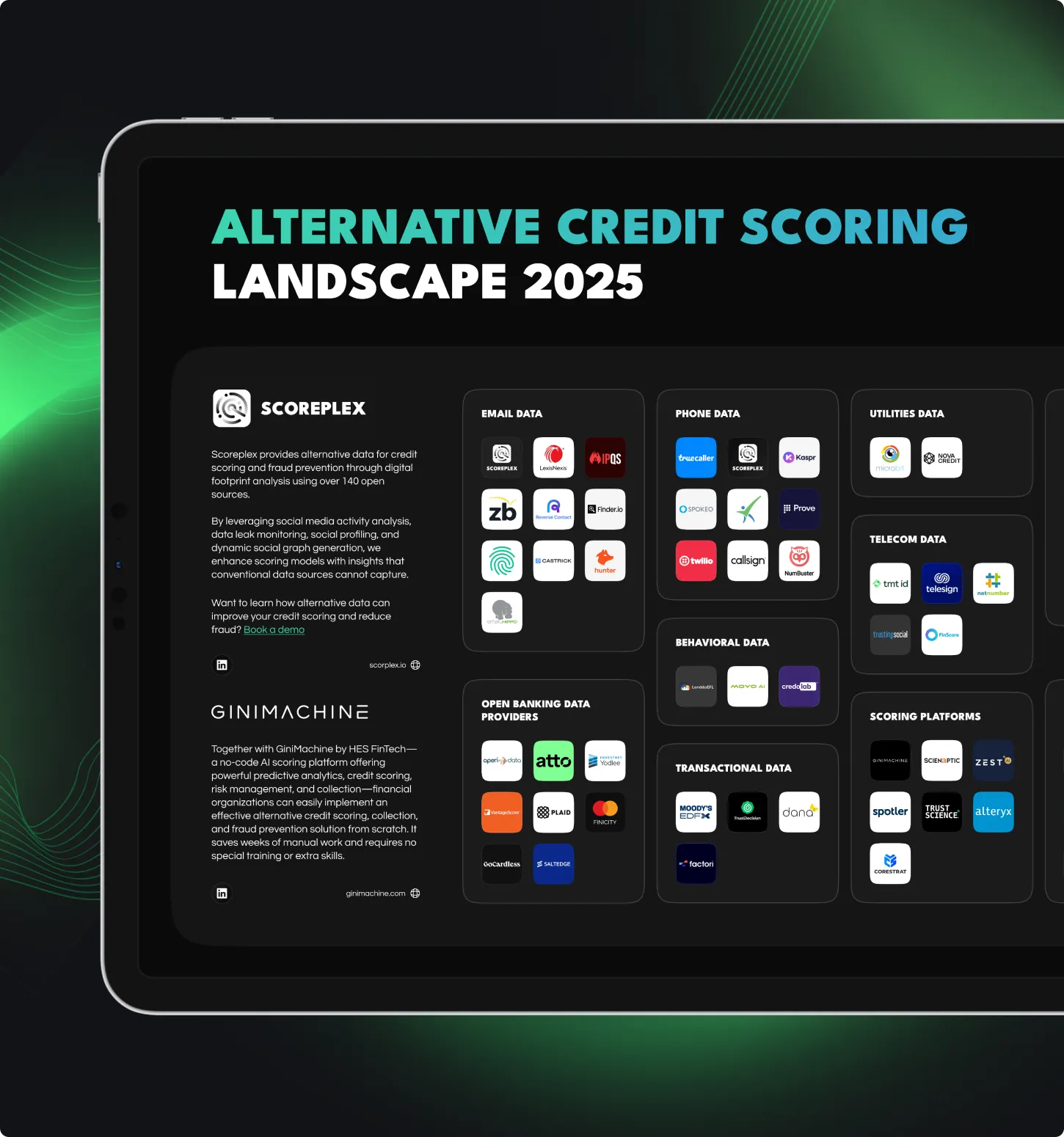With the current financial market instability, it’s no surprise that consumers are seeking alternative solutions for their financial security. The metaverse, powered by Web 3.0 technology, is no longer a thing of daydream. In fact, it could well be the very future of finance.
Future of Lending in 2022: Trends & Predictions Increased trust in technology and growing mistrust in traditional banking structures are delivering a boost to fintech 3.0 and a new wave of finance. But what is Web 3.0, how does it connect with the metaverse, and what should companies know about Web 3.0 business opportunities? Let’s unwrap the mystery and discover the truth behind the future of finance.
What is the Metaverse?
This isn’t science fiction. This is now. The metaverse is here, and it could be set to stay. McKinsey research suggests that it could generate up to $5 trillion in revenue by 2030, and that’s only the beginning.
But what is the metaverse exactly? Essentially, the metaverse is a digital world wherein people can interact with others in various ways. The most notable examples are in gaming or Meta’s digital world, but the concept of the metaverse extends beyond this.
The most common misconception is that metaverse is one singular place — like the real world. Instead, it can be a series of meta-universes, unique digital worlds, or platforms developed by various companies to help people connect. The only way to understand the metaverse is through the concept of a digital world. It draws together different elements, including:
- Entertainment — live concerts in a digital world;
- 3D games — online gaming on a whole new level;
- Social networking — communicating via avatars in a digital environment;
- Ad tech — new ways for companies to advertise. For example, digital ad space;
- Content — provides a canvas for creators;
- AR & VR experiences — combine the real and virtual world;
- Services — from fintech 3.0 to shopping, the metaverse is providing a platform and more.
For companies, the metaverse provides a diverse range of opportunities to innovate their current offerings and expand into the digital world.
What is Web 3.0, and what is Web3 finance?
The terms meta verse and Web 3 are often interlinked, and you may be wondering what’s the difference if there is one. While these two are closely related, they refer to different elements of technology. The metaverse, as we know it, is a virtual space. Meanwhile, Web 3.0 is all about decentralization and democratization of the internet. It includes:
- Blockchain and crypto technology;
- Artificial intelligence (AI);
- 3D graphics and the spatial web (VR);
- Connectivity;
- Semantic web.
Essentially, Web 3 builds upon Web 1, the information economy, where reading and sharing information via static web pages was king, and Web 2, the platform economy, which is all about reading and writing in an interactive way — think social media —, and bringing it together to be user-centric, private, and decentralized.
Web 3.0 differs from the metaverse in that it is more about building a network than the practical elements of human interaction. However, both are closely connected and can support each other in building effective systems for fintech 3.0.
So, what does this mean for business? In essence, it means that companies will need to take a more collaborative, digital approach to the way they work. For example, if we consider financial web services, Web 3.0 may transform them to develop new digital money lending software available online — at the click of a button — or establish new arms of their projects focused entirely on decentralized finance.
Web 3.0 business opportunities: why it matters for you?
Banking and Lending in the USA 2021-2025: Trends & Predictions Now, it’s not just innovative fintechs who are diving head-first into Web3 finance. Established corporations and banking giants are too:
- J.P. Morgan opened a branch in the Decentraland metaverse. Designed by Onyx, the bank’s blockchain department, initially, it appears that this is primarily for information purposes, with J.P. Morgan stating: “We are not here to suggest the metaverse, as we know it today, will take over all human interactions, but rather, to explore the many exciting opportunities it presents for consumers and brands alike.” However, its approach may evolve in the future as they note the value of the virtual experience and its popularity among consumers.
- Meanwhile, HSBC recently entered into a deal to buy ‘land’ in the metaverse, known as The Sandbox, a decentralized gaming world. In a move designed to engage more with their consumers and provide digital services in the future, HSBC’s virtual real estate deal is a first of its kind for the banking industry.
But this is only the beginning. There is a whole host of fintech 3.0-ready financial services that could be set to drive the future of finance. The only question is how?
No one can say for sure how the fintech impact on financial services will evolve — but one thing is for sure, it is evolving. For example, here are some examples of how this technology may be used:
1) Digital banks will become more common. Major market competitors, such as Revolut (15 million registered users), Monzo (5.8 million users), etc., are already proving their popularity. Meanwhile, other companies, such as ZELF, are focused on developing metaverse-tailored financial services.
2) Web 3 investment banking is growing. P2P services have already been around for a while, but the introduction of Web 3.0 fintech allows companies to smooth out the process and make it more effective.
3) Trading of digital assets. At its peak, digital assets trading via Web 3.0 reached $10 billion. Although it has dropped to $2 billion, this is still a significant amount.
4) Integrated financial services. From bank loan origination software to tools to manage your personal finances. The growth of integrated financial is increasing, with companies choosing to embed financial tools into their native applications.
5) Smart contracts and great automation. Web 3.0 is all about connection. The power of such technology allows businesses to interact on a never-before-seen level with trustless systems that permit smart contracts to be created and executed, marking a new era of fintech.
6) Other. Of course, this list is not expansive. Fintech in Web 3.0 is a growing market that is evolving almost constantly. For brands, it’s vital to learn the basics and move on to developing tailored solutions that meet their particular business needs.
Do you use Web 3.0 tools and technologies in your business?
Web 3.0 and the metaverse: the future of finance?
Decentralized finance using Web 3.0 technology and the metaverse could prove to be the next evolution in the financial sphere. It aims to create a decentralized environment wherein consumers can cut out the middlemen in the deal and go direct to the source, taking greater control over their finances. Or, at least, that is the ideal. As the sphere continues to evolve, we are likely to see implementations in everything from commercial loan servicing software to how we interact with digital currencies to P2P lending to Web 3.0 investment banking and much more.
For companies seeking solutions or exploring their options, now is the time to start forging a Web 3 strategy for your business. Ask yourself the following questions:
- Do I need a metaverse strategy? If yes, what is my strategy?
- How should my business interact with the metaverse?
- What role will Web 3.0 play in my business in the next few years?
Because tomorrow, the future of finance may already be here, so get prepared today and start moving your lending business to the digital world. Request a demo, and our experts will guide you through HES software possibilities.














